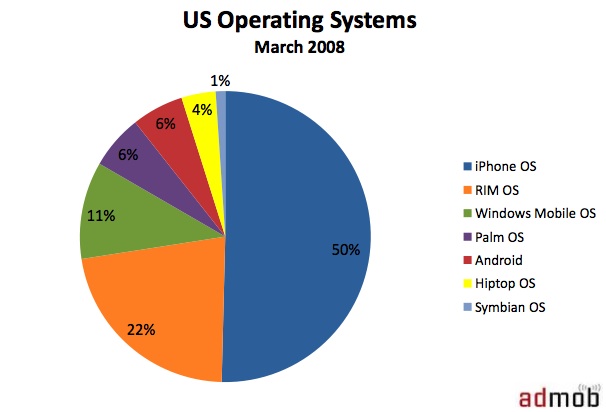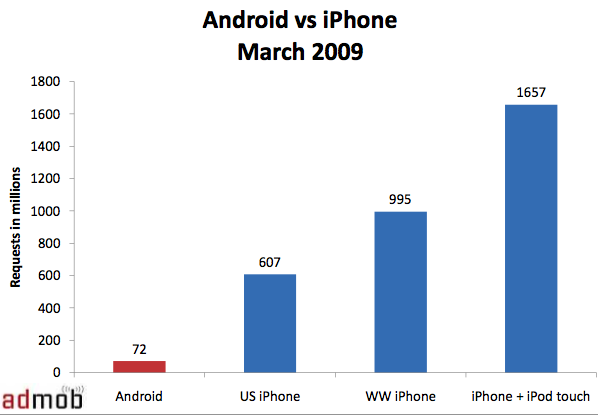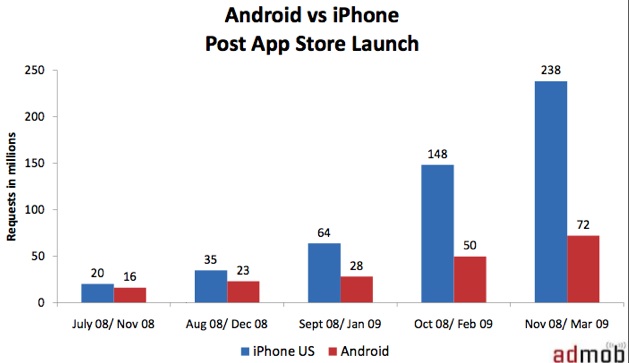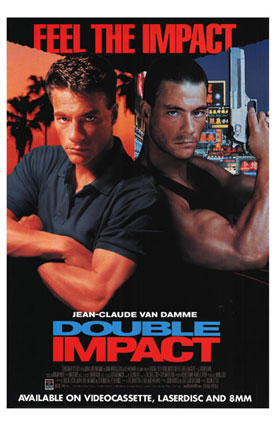'Hashtags,' Fledgling Ad Network Help Get the Word out Across Microblogging Site
by Jeremy Mullman
Published: April 20, 2009
CHICAGO (AdAge.com) -- Land Rover last week became the first national brand to execute a national Twitter campaign in a bid to promote its newest models' debuts at the New York Auto Show.
While brands as diverse as Southwest Airlines and Smirnoff vodka have been tweeting and accumulating followers for months, Land Rover attempted to use the burgeoning social-media platform in a more ambitious way, seeding so-called hashtags (words used in tweets that make it easier to follow an ongoing conversation via online searches) on billboards, taxi TVs and other out-of-home venues; spreading word of the Twitter effort through auto-obsessed blogs and online publications eager for a peek at its latest bells and whistles; and paying a fledgling Twitter ad network to spread the word among its army of compensated, heavily followed Twitter users, all of whom wallpapered their Twitter profiles with Land Rover branding.
James Eliason, CEO of Twittad
While it's too early to know what sort of return Land Rover will receive for its efforts, "it cost us virtually nothing," said Keith Rhodes, VP and account director at WPP-owned direct-marketing firm Wunderman, which orchestrated the effort.
Mr. Rhodes said he was particularly encouraged by the Twitter-fueled traffic to a blog post he wrote about Land Rover's initiative. Posts on his site typically draw about 30 views; this one grabbed more than 200,000 views.
Land Rover is not likely to remain the only national marketer doing this for long, said James Eliason, CEO of Twittad, the Des Moines-based "social-media affinity network" Wunderman tapped to boost Land Rover's launch.
Mr. Eliason said the next national effort using Twittad's roster of 4,500 Tweeters, whom it pays to post on topics and brand their profile pages, with nearly 5 million followers, will be for Elations, a glucosamine-enhanced beverage from the makers of Sunny Delight targeted at women over 40.
Twitter machine
All told, the Land Rover effort was Twittered to more than 300,000 followers, Mr. Eliason said. Twittad used 15 different Tweeters with at least 5,000 followers, although the majority had between 2,000 and 4,000 followers.
Most won't get rich doing this anytime soon. One paid Tweeter,willconley777, wrote on his blog that he was paid $2.50 for letting Land Rover sponsor his profile page for seven days. Mr. Conley has 1,160 followers. Still, for those few Twitter users with huge reach, real money might one day be possible. The most-followed Land Rover campaign participant, queenoftheclick, boasts nearly 25,000 followers and was paid an amount "in the hundreds" for her participation, Mr. Eliason said.
Other larger-scale marketers are also eyeing Twittad, which is in talks with Sears.
The appeal to marketers is obvious: It's a cheap way to reach people through their trusted contacts. And Twittad's technology is able to sort its users by geography, demographics and interests, which can both lead to more targeted appeals and, perhaps, prevent Twitter users from feeling under siege by advertisers, a major concern.
"We were worried it would be considered spam, but we didn't get a single complaint [about Land Rover]," Mr. Eliason said. "What that tells me is that our connectors have influence."
Less clear is whether the model is sustainable. Mr. Eliason, who launched Twittad eight months ago, said he expects it to break even by the end of its first year. He said he has contacted Twitter about a revenue-sharing agreement but has yet to hear back.
Ford Is Counting on Army of 100 Bloggers to Launch New Fiesta
Automaker Lends New Models to Trendsetters for Six Months as Part of Huge Social-Media Push
by Eric Tegler
Published: April 20, 2009
NEW YORK (AdAge.com) -- In an aggressive social-media program that goes far beyond what Ford has done in the past -- and reaches beyond just the marketing department -- the automaker is counting on 100 bloggers to introduce its new Fiesta, which is set to reach U.S. dealers in early 2010. The idea behind Fiesta Movement is to get the model's target audience to drive and, hopefully, chatter about the car for months to come.
THE MOVEMENT: Ford hopes to build buzz for new Fiesta among target audience.
The Fiesta is Ford's global subcompact vehicle and was designed in Europe, where it's been on sale since August 2008. The diminutive hatchback (a sedan will be launched here) seeks to provide stylish transportation in a small package with low acquisition cost, high fuel efficiency and cues that appeal to young consumers.
Ford is loaning 100 German-built Fiestas to social-media trendsetters for six months. The 100 "Fiesta agents," chosen from 4,000 who applied online, will share their experiences behind the wheel, completing monthly, themed missions from travel to social activism; posting videos; and updating their friends and followers on YouTube, Facebook, Twitter and elsewhere. The participants begin training with their Fiestas in late April, and they will begin receiving the cars in the first week of May.
The idea was born last summer when Ford VP-Marketing Jim Farley rhetorically asked Fiesta Product Manager Sam De La Garza, "What could we do with 1,000 [Fiestas] in the U.S.?"
Considering the car's target audience and the likelihood of extra production capacity from the European Fiesta launch, Mr. De La Garza and the company's brand and content alliance team asked Ford's coordinating agency, JWT, to brainstorm a social-media campaign. JWT contacted think tank Undercurrent, and the pair devised the Fiesta Movement as a 100-person test drive.
Product trust
"We realized that the message is increasingly out of our control and that we have to roll with it," Mr. De La Garza said. "For us it all rests on the quality of this product. We've all driven the Fiesta, and we felt so confident about the car that we could start this. We're going to allow people to tell the story [of the Fiesta] from their lives."
Faith in a product or no, trusting it enough to unleash 100 to regular consumers and ask them to offer honest thoughts and reviews is a leap for most marketers. It will require a new kind of corporate responsiveness and flexibility, said Scott Monty, Ford's director-social media.
"No matter how well you plan for something like this, something else always comes up," he said. "This is not only an experiment for Ford in terms of a marketing program; it's an experiment for us in terms of how we react to how the market picks up on it."
Early signs indicate a ripple effect from simply signing agents to the Fiesta Movement. Mr. De La Garza said several of those selected have already gotten interviews with regional newspapers or TV stations based on their acceptance into the program.
The Fiesta Movement extends beyond marketing, since the company had to modify the 100 European-built vehicles to meet U.S. emissions and safety requirements. Both Ford and the EPA will use data gathered form the program, such as city and highway miles per gallon, for future manufacturer global platform launches. Ford is building the Fiesta as a "global" car that can, with minor tweaking, meet differing requirements in the U.S., Europe and Asia.
"The scary thing is we're opening the door for European-based car companies to say, 'Ford did this [with a Euro-spec car]; let's do it too,'" Mr. De La Garza said.
According to Scott Monty, JWT will undertake the bulk of reviewing/posting online content generated by Fiesta agents, while mining data with the new metrics made possible through social media. Attributable Fiesta sales will definitely be a yardstick for success. So, too, will the life of the Fiesta Movement beyond the test drive.

















 Last year was one of the toughest ever for the
Last year was one of the toughest ever for the  Media columnist Michael Wolff certainly knows an attention-getting quote. Appearing with Air America CEO Bennett Zier and CraigsList's Craig Newmark in a panel discussion sponsored by Gotham Media Ventures, the head of aggregation site
Media columnist Michael Wolff certainly knows an attention-getting quote. Appearing with Air America CEO Bennett Zier and CraigsList's Craig Newmark in a panel discussion sponsored by Gotham Media Ventures, the head of aggregation site  I know, you’re sick of Twitter data. But more keeps rolling in showcasing just how massive last week was for Twitter. The Kutcher/CNN race to a
I know, you’re sick of Twitter data. But more keeps rolling in showcasing just how massive last week was for Twitter. The Kutcher/CNN race to a 
